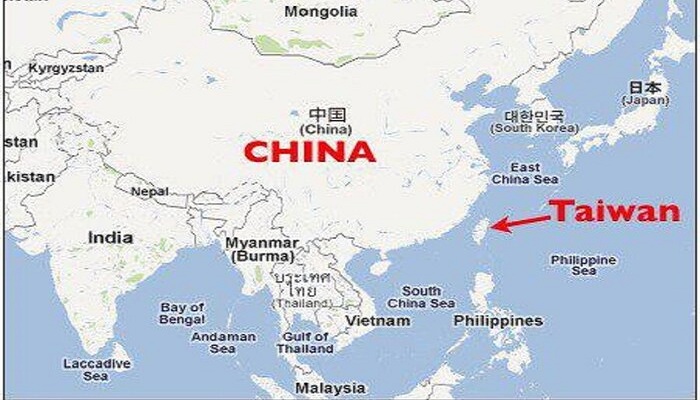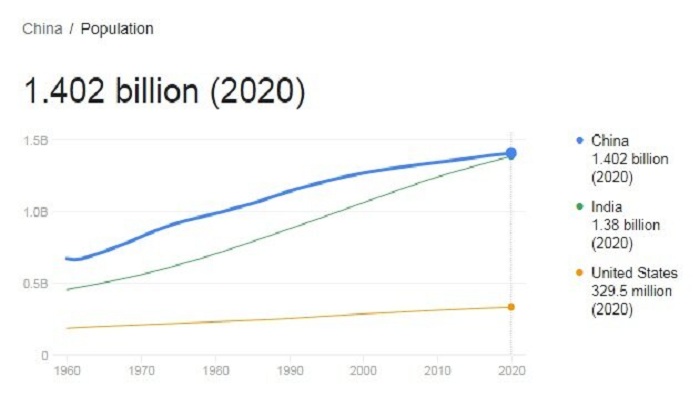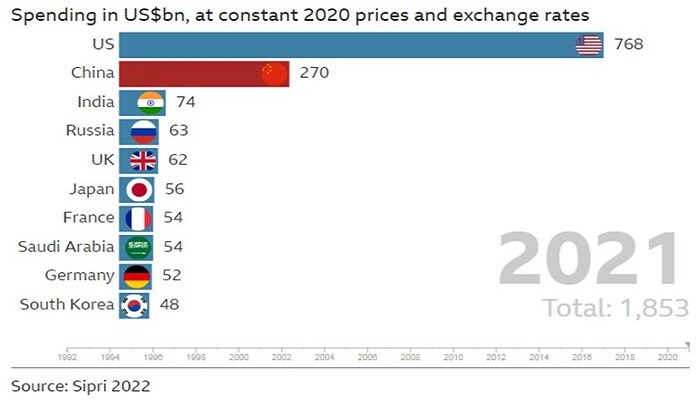Pak Sahafat – The selection of Taiwan Island as a diplomatic destination by the Speaker of the House of Representatives of the United States of America became a platform for declarations and strong actions by the leaders of Beijing. The trip was made with the aim of escalating tension in the region and in line with the advancement of the project of containing China in the Far East.
Nancy Pelosi, Speaker of the US House of Representatives, ended his controversial trip in Taiwan Wednesday, and left this region for South Korea and Japan.
82-year-old Pelosi is the first speaker of the US House of Representatives to visit Taiwan in 25 years.
The Speaker of the US House of Representatives arrived on the island of Taiwan on Tuesday evening, August 11, despite the protests and warnings of the Chinese authorities. According to the Chinese authorities, his visit is provocative, violates the “One China” policy and contradicts the explicit commitments of the US towards relations with China.
In line with the announcement policy, Chinese President Xi Jinping emphasized in a two-hour conversation with his American counterpart, Joe Biden, on Thursday, August 6th: “Those who play with fire will be destroyed by it.”
After Pelosi’s visit to Taiwan, the Chinese authorities, in the first practical reaction, issued sanctions against the island in the field of food exports and imports of some Chinese goods, and the country’s army also announced that it had started several exercises around Taiwan’s borders at the same time, until it will continue for a few days.
America’s contradictory and tension-generating strategy towards the China-Taiwan issue

When it comes to Taiwan, the tension between the United States and China immediately comes to mind because the United States has always pursued a contradictory and tense policy towards this geographical region in recent decades. From the initial stages of Taiwan’s separatism, the US government supported this island.
At the beginning of the Cold War, Western countries, especially the United States, tried to legitimize this island so that it was made a member of the United Nations Security Council until 1971, but that year it was expelled from the said organization and the seat of Taiwan was handed over to the Chinese government.
Since then, following the resolution 2758 of the United Nations General Assembly, Taiwan is no longer a member of the United Nations due to the dispute over its national sovereignty and because the national emblems such as the national name, national anthem and flag represent the state of Taiwan.
Read more:
Since 1978, China has used various political, military, economic and cultural levers in order to rejoin the island. The annexation of Hong Kong and Macao to China in 1997 and 1999, respectively, has made Beijing’s leaders more hopeful about the annexation of Taiwan. Of course, except for 21 countries, mainly in Africa and Latin America, the rest of the world has refused to recognize this island.
In 1979, the United States changed its stance and officially recognized the one China policy and severed diplomatic relations with Taiwan under three official joint declarations between Washington and Beijing. Despite Washington’s official commitment to Beijing, in recent years, American presidents from both the Republican and Democratic parties have taken actions contrary to the One China policy, such as selling military weapons and establishing diplomatic relations with Taiwan.
The US Department of Defense announced the country’s preparation for the possible sale of ammunition, providing training services and other services related to the Patriot air defense system to Taiwan and announced that “the US State Department has agreed to a sales contract worth $95 million in this regard. »
China containment project; why is America afraid of Beijing?
One of the concerns of the West, especially the United States, is the growing power of China, which, according to observers, will become the world’s top power in the not too distant future. China’s transition from one-child policy to two-child and finally to three-child policy has put this country at the top of the world in terms of population. China’s population of 1.4 billion is more than four times that of the United States, which has a population of about 330 million.

Many observers believe that from a military point of view, China will become a military power in the world by 2049.
According to the “Stockholm International Peace Research Institute” (SIPRI), although Beijing always publishes these data in its official reports, Western estimates about China’s financial support for its armed forces are significantly higher than the published statistics.
It is widely believed that China currently spends more on its armed forces than any country except the United States.

According to the report of the “Center for Strategic and International Studies” in Washington, China’s military budget growth has outpaced its overall economic growth for at least a decade.
Considering China’s growing power and the decline of American hegemony, the White House is afraid of the continuation of this trend. While the components of power in China are positive and indicate steps forward, but inflation in America has broken the record of the last 40 years, and in the field of foreign policy, failure in Middle East coalition building, failure in Iraq, escape from Afghanistan, involvement in erosion crisis Ukraine tells about the decline of the hegemony of the United States. Therefore, from the point of view of American officials, involving Beijing in a tension-causing issue such as Taiwan is the most efficient mechanism to contain China, and Pelosi’s visit to this island can be evaluated in this regard.


